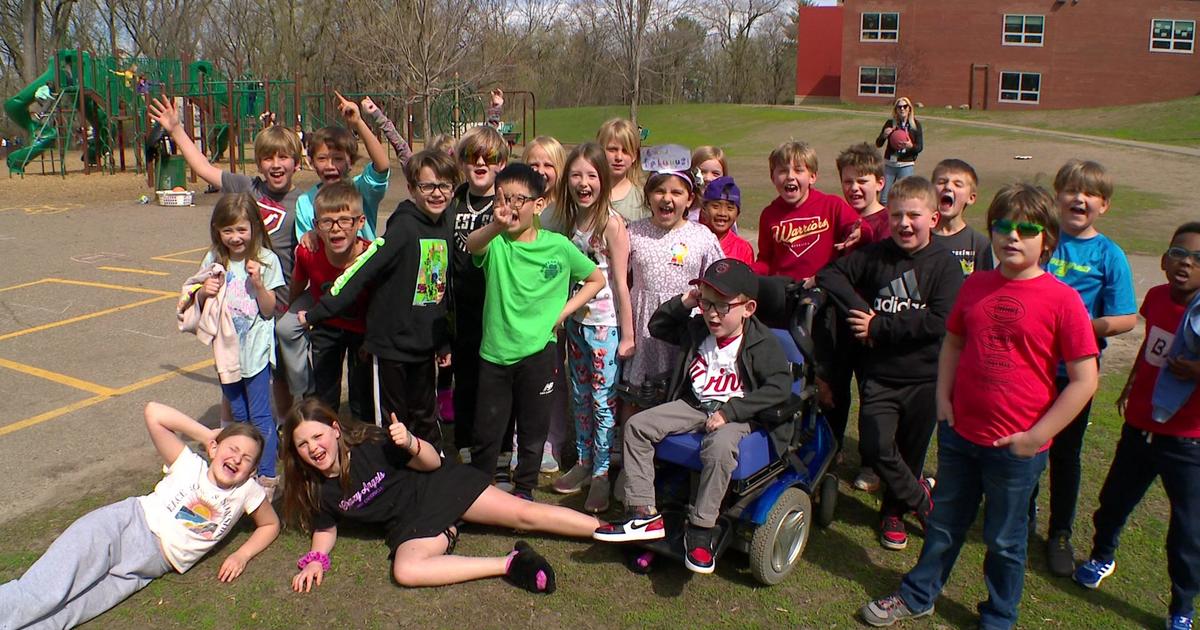Behind-The-Scenes Of Wildlife Science Center's Mission To Learn All About Wolves
STACY, Minn. (WCCO) -- In 1976, the federal government set up a research project in Minnesota to learn more about wolves. But when they shut it down in 1990, and told those involved all the wolves had to be euthanized, one of the feds stepped in and turned it into her life's work.
That transformed the Wildlife Science Center into a nonprofit hub for research, conservation and education.
Peggy Callahan has spent nearly four decades watching wolves watch her.
"They're the most astute observers of anything I've ever seen; 90% of what they communicate is body language only," Callahan said.
Another day at the Wildlife Science Center means another field trip, and another visit from a research crew. Duke University researchers, the U.S. Department of Agriculture and Yosemite field crews all passed through the halls to understand safe handling, treatments, reproduction patterns, even less lethal ways to keep wolves away from livestock.
"We're working with the U of M today, looking at just the big questions about what it's like for the wolf with varied backgrounds to be in a place like this," Callahan said.
"A place like this" meaning life in captivity. Before you judge that, you should know that if they weren't here, many of the wolves there would've been euthanized in the wild.
"Some are nuisance animals, some are endangered species. So when they're in a habitat like this, we try to understand how do we best manage their welfare, minimize their stress, and improve the breeding productivity," University of Minnesota adjunct assistant professor Tim Laske said. "There's just no place out in this area for these guys, there just isn't."
"This is a very unique mission here of rescue and science," Megan Callahan Beckel, Peggy's daughter, said.
It's a mission that Megan doesn't take lightly. They call her the "wolf whisperer."
"I don't call myself that. I feel like I kind of have a unique perspective on wolf behavior and being around wolves because I grew up with it. I raised my first litter of wolf puppies when I was 4 years old. I was on an Animal Planet special, then and it's all just kind of been downhill since," she laughed.
Today's uphill battle is getting into the enclosure with the wild wolves for their checkups, blood draws, and heart monitor data readings.
"We're fully aware these are wolves, and that male would just kill for a chunk of me. He really wants a piece of me," Callahan Beckel said.
The pack was raised the same way, but one alpha decided to kick Callahan out of the pack, a dynamic shift that happens often with this highly hierarchical species.
Callahan Beckel seems understand these wolves better than a lot of us know ourselves. The only life she's ever known.
"When I was 16 I decided I wanted to stay here and take the place over," she said.
It's a quest her mother has been on all these years.
"I started in 1985 and actually I wrote to the wolf biologist that ran the place when I was 8 years old," Callahan said. "So this is definitely something more serious than just an interest for me."
Her fire remains fueled by better understanding these captivating creatures.
"We learn right alongside with them," she said.
There are more than 100 wolves living at the center, including threatened Mexican and red wolves. Some could eventually be released back into the wild.



